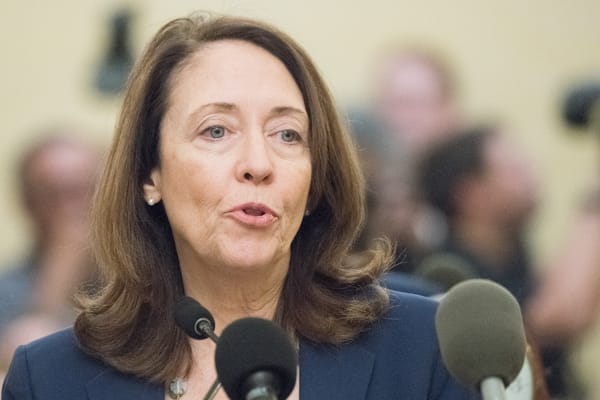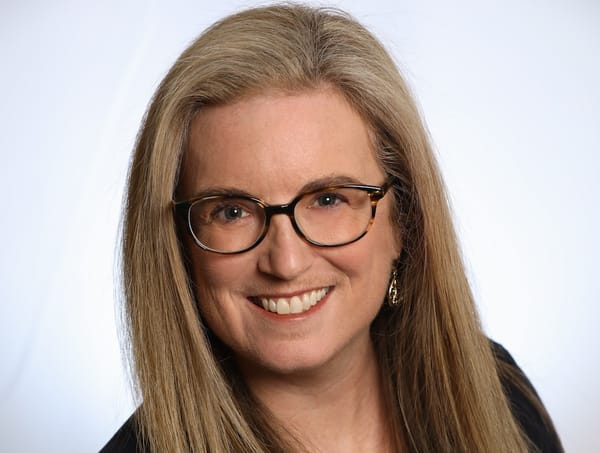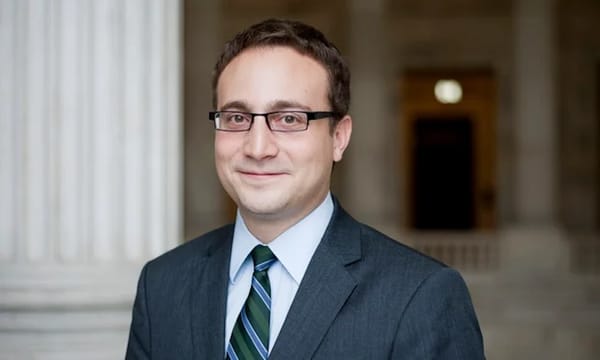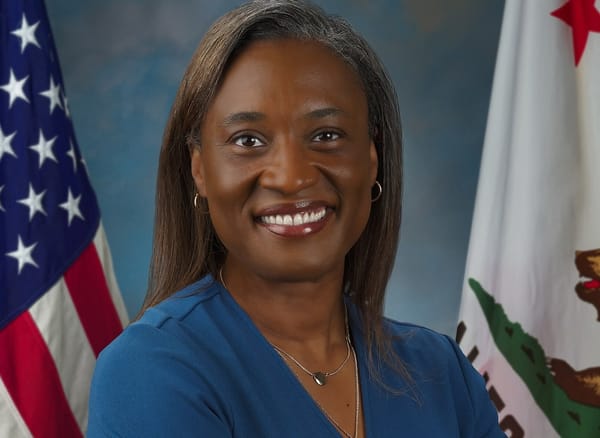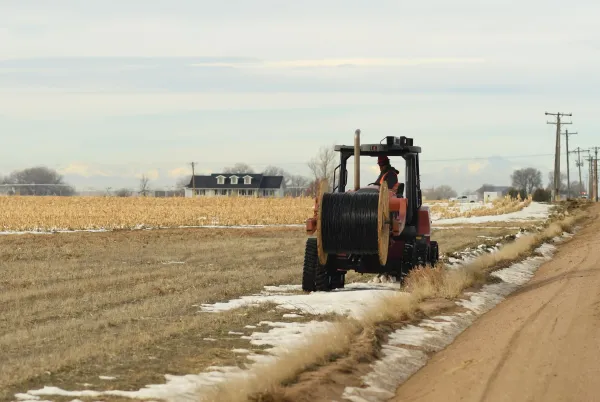Mississippi Addresses Allegations of Inequitable Outreach in BEAD
A local watchdog organization has accused the Mississippi broadband office of failing to comply with BEAD program guidelines.
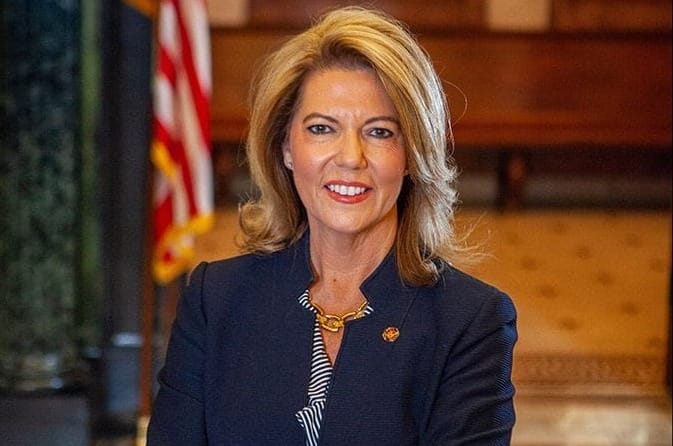
WASHINGTON, April 15, 2024 – The Mississippi broadband office is responding to allegations raised by a legal organization that claims the state is failing to conduct equitable local coordination and outreach with underrepresented communities in preparation of allocating $1.2 billion to expand broadband infrastructure.
The Mississippi Center for Justice is alleging that the state office did not include “strategies to address the state’s racial disparities in broadband access” in the state’s initial Volume 1 proposal prepared for the Broadband, Equity Access and Deployment program. The group further contends that the office has not engaged with “diverse stakeholder groups, specifically the incarcerated community,” which represents 1 percent of Mississippi’s population.

In response to the allegations, Sally Doty, the director of Mississippi’s Broadband Expansion and Accessibility ‘BEAM’ office, told Broadband Breakfast that she acknowledges and shares many of the concerns raised by MCJ in its recent filing to the Federal Communications Commission.
Doty pointed to the fact that several of the counties mentioned by MCJ have received significant grant awards under the Rural Digital Opportunity Fund, rendering certain parts of these regions ineligible for BEAD funding. She emphasized the state is actively engaging with RDOF winners to navigate how to best collaborate and work around the other federal programs.
Despite these factors, MCJ maintains that the BEAM office is not adhering to BEAD program guidelines, alleging it lacks transparency in its local coordination efforts. It argues that the office has not disclosed crucial data regarding stakeholder events to the public.
MCJ, a public interest law firm dedicated to advancing social and economic justice in Mississippi, remains steadfast in its position that the Delta, a predominantly Black, low-income, and rural area of northwest Mississippi, should be prioritized in state broadband initiatives.
The Associated Press reports that 10 more statewide organizations allege BEAM is not doing enough to ensure communities in the Mississippi Delta benefit from the forthcoming federal windfall.
These groups contend that the Delta’s population aligns with the criteria of an “underrepresented community” as outlined by the National Telecommunications and Information Administration, the agency overseeing the BEAD program.
In the program’s notice of funding opportunity, the NTIA calls for these populations that have been “systematically denied full participation in economic, social, and civic aspects of life” to be prioritized throughout the BEAD planning and infrastructure deployment process.
Claimed discrepancies in community engagement
The MCJ filing expresses concerns regarding the absence of “over 25 missing local coordination events” that were initially scheduled to take place in the state broadband office’s five-year action plan prepared for BEAD.
MCJ alleges that BEAM conducted community engagement meetings in only half of the twenty most underserved counties identified in the state’s five-year action plan, and that “only a quarter of BEAM’s community engagement meetings occurred in majority unserved communities.”
In response to these concerns, Doty remarked, “As I look through that list, we’ve made efforts to reach all those touch points.”
She acknowledged a potential issue in tracking and detailing community outreach in BEAM’s initial Volume 1 proposal and five-year plan but emphasized that the state office has been actively engaged “all over Mississippi.”
Still, MCJ maintains that during its preparation for the BEAD grant program, “BEAM’s local coordination did not reflect the NTIA’s definition of proper local coordination.” This definition delineates transparency of processes, full geographic coverage of a state, direct engagement with unserved and underserved communities, and meaningful engagement with diverse stakeholder groups.

The MCJ filing asserts: “The BEAM office’s local coordination process is not transparent. Mississippi residents cannot know whether BEAM’s local coordination was conducted equitably because the BEAM office has not revealed its methodology for conducting local coordination. Mississippi residents do not know the full list of BEAM’s community engagement meetings and other local coordination activities.”
In response, Doty confirmed that the state is complying with NTIA guidelines for engaging with underrepresented communities, and has adopted recommendations to establish an advisory committee and form a core planning team that represent underrepresented communities and all covered populations.
Doty recalled meeting with representatives of MCJ a few months prior. “They sat in my office and we talked about the need for transparency,” Doty recounted. “I remember [MCJ’s President and CEO] Vangela Wade, saying, ‘Sally, you've got to help us to trust you.’ And I said, ‘You're exactly right.’”
BEAM arranged a community engagement meeting at MCJ’s office in the Mississippi Delta region in March 2023. Doty said that the state office has been dedicated to honoring and advancing the discussions from these meetings as part of their ongoing commitment to the BEAD program.
“We understand the role that [MCJ] plays and appreciate their comments. We want to make sure that we can foster more of an attitude of trust among our two groups,” Doty said. “It concerned me to see these statements made by MCJ and I'm going to give them a call to say ‘Come to my office, or I'll come to you, and let's talk this over.’”
Contrasting views of regional prioritization
One point of contention between the two groups lies in their differing perspectives on which region of Mississippi should be prioritized under BEAD.
Per BEAM’s five-year action plan, Desoto County stands out to the state office as the area with the most pressing need for broadband infrastructure, with a total population of over 185,000 and a median household income of $79,747.
Yet, MCJ states that most Mississippi residents do not consider Desoto County as part of the Delta region due to its “substantial population size” and “affluence.”
The group finds that when adjusting for population size, the county facing the most significant lack of service is Issaquena County, with a population of 1,338 and a median income of $17,900, while Desoto County ranks second in terms of service coverage needs.

MCJ finds that the method of presenting broadband service in Broadband Serviceable Locations introduces a bias favoring densely populated counties.
“The Delta is a sparsely populated region of Mississippi. Therefore, the chart of Delta counties presents the region as having very little need for broadband assistance,” the group’s filing states.
Alternatives to ‘high-cost’ fiber and affordability barriers
The state office and MCJ are also at odds regarding BEAM's consideration of fixed wireless and low earth orbit satellite technology as potential solutions for addressing connectivity challenges in high-cost areas within the state, a topic discussed in both an October 2023 meeting and a February 2024 interview.
“We will certainly comply with BEAD requirements to provide fiber wherever possible,” Doty said. “But, there are going to be some locations that it's not an efficient use of public money” to deploy fiber. There are “some locations that might cost $50,000 apiece to reach [with fiber].”
Characterized by its low-density population, the state office currently classifies nearly all of the Mississippi Delta as high-cost or extremely high-cost to provision under BEAD. Though this classification is not yet final, it grants the state office the flexibility to consider alternative technologies to fiber infrastructure for these regions.
This has prompted MCJ to discuss the viability of such technologies. It points out that “both fixed wireless and satellite broadband technology have data capacity limitations and are vulnerable to the types of severe weather common in the Delta.”
MCJ specifically points out affordability barriers associated with the use of Starlink, noting “its installation prices currently start at $599 and its subscription prices start at $120 a month.” This concerns MCJ, especially for the thirty percent of Mississippi’s population living 150 percent below the federal poverty level, particularly in the Delta region.

Regarding the office’s proposal to employ these technologies, Doty explained, “Our Volume 2 is not finalized yet, and we have requested some technical assistance from NTIA to determine how our low-cost option should be structured given what looks like at least a pause, if not the end of the Affordable Connectivity Program.”
She acknowledged that the state’s initial strategy relied heavily on the ACP, a program set to end next month without Congressional intervention, which provides eligible households in rural locations, considered high-cost to serve, a stipend of $75 to offset the cost of internet service.
State plans are still in flux
Since the state office has not yet received NTIA approval for Volume 1 or initiated the challenge process to establish which regions are eligible for BEAD, none of the listed numerical data or location prioritizations are final.
The state is also working to reconcile with regions bound to previous federal commitments, like RDOF, that are ineligible for BEAD funding. Doty says the state office is currently hamstrung by previous RDOF commitments in the Delta, many of which have not started any sort of construction yet, but have verbally assured the state office that the buildouts are coming.
Doty mentioned that the state will adopt the cellular fixed wireless modification which is expected to alter the number of locations considered to be served with broadband even more. In Georgia, implementing this modification restored eligibility for BEAD funding to over 25,000 locations.
“We still have our Capital Projects Fund awards that are not on our map yet. Our challenge process will change our map,” Doty told Broadband Breakfast. “We want to get the number of unserved and underserved locations right before we make our determinations about where that extremely high-cost location threshold is going to fall.”
Additionally, the state will need to navigate the "true-up process," which will involve reconciling areas designated to be served by other federal broadband initiatives on the state map after completing the BEAD challenge process. The NTIA has yet to issue full guidance on this process.
As every county in the state of Mississippi has unserved regions, the state has its work cut out as it navigates this landscape, striving to achieve universal access.
Regarding the concerns raised by MCJ, Doty commented, “Quite honestly, I think we all share the same concerns about getting affordable, reliable, high-speed internet access to all Mississippians.”



